LG Velvet review: back on the smartphone catwalk
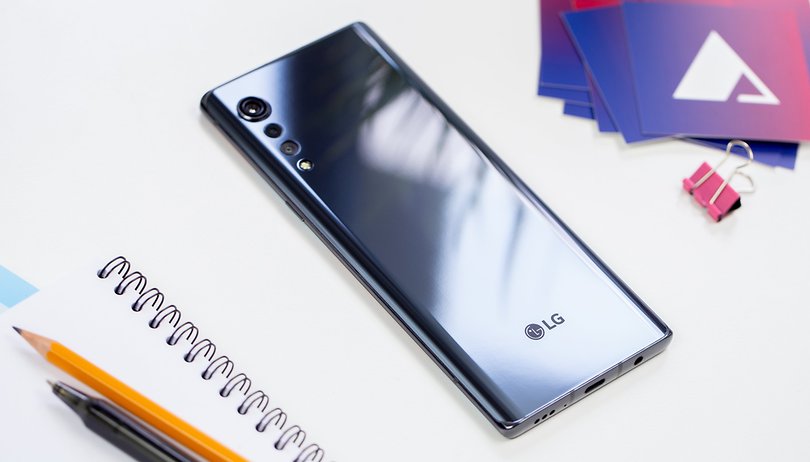

LG smartphones have gotten a little stale of late. When you look back at the G8 ThinQ, the V50 ThinQ, and the V60 ThinQ, it's clear that the South Korean company had slipped into a rut. With the Velvet, LG has ripped up the blueprints and built a smartphone that is genuinely sexy, genuinely lovely to hold, and - dare I say it - could even turn heads.
Good
- Modern, attractive device
- 3D Arc Design feels great
- Lovely camera integration
Bad
- Real beauty is on the inside
- DualScreen is still dumb
- No Quad DAC
LG Velvet release date and price
The LG Velvet costs 899,800 won in its native South Korean. The exact price and release date for the European and North American markets is not yet known, but we are expecting to see this available for around $600 - $700. A version with no DualScreen could, theoretically, go on sale for around $500, but that may be wishful thinking. For comparison, the LG V60 ThinQ 5G launched at $799 including the DualScreen.
The LG Velvet comes in six colors; Illusion Sunset, Aurora White, Aurora Gray, Aurora Green, Aurora Silver, and New Black.
A welcome change of pace
LG says that its mobile division is moving away from the G and V series and adopting more expressive names that better fit the individual smartphones. The Velvet marks a major redesign for the South Koreans.
Instead of introducing similarly designed smartphones with marginally better specs, LG has gone back to the drawing board and started from scratch. The result is a new smartphone that looks modern, feels superb in your hand, and is, genuinely - and I have to pinch myself whilst I type this - one of the best looking phones around today.
LG doesn't really fancy going down the road of huge, garish camera modules that stick out an inch from the back of your smartphone - I'm looking at you, Samsung Galaxy S20 Ultra - and has opted for the opposite approach. The vertically aligned camera - LG is calling this the "Raindrop" module - is made up of three lenses and flash. The main camera rises ever-so-slightly from the surface of the back of the phone, but the other three remain flush. In a world where rear cameras are getting uglier and uglier (have you seen the Vivo X50 Pro leaks?), the LG Velvet looks like a supermodel in a room of England rugby forwards.
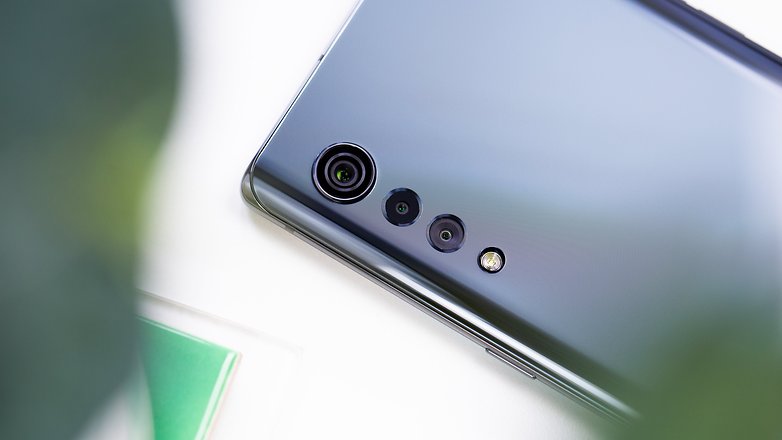
In addition to the Raindrop camera module, the other big improvement on the design side is symmetrical front and rear edges. The LG marketing term for this is '3D Arc Design'. It makes the Velvet feel sleek and comfortable in your hand.
Whilst a 3.5mm headphone jack remains on the bottom of the LG Velvet, this is a bog-standard port. There is no Quad DAC like you get on an LG flagship. That's a bit of shame, as LG remains one of the few manufacturers that still showed love for high-quality audio via wired headphones.
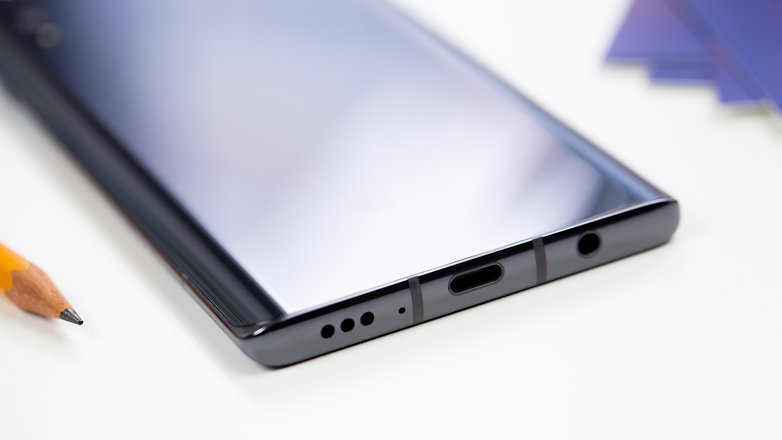
The new Velvet carries the IP68 rating for resistance to dust and water, meaning it won’t be harmed by accidental spills, splashes, or exposure to dusty environments. The LG Velvet also meets the US Military’s MIL-STD 810G standard for durability.
Sharp, bright, but only 60Hz
The LG Velvet has a Full HD+ 6.8-inch P-OLED display in a 20.5:9 aspect ratio. The resolution is 2,460 x 1,080, giving you 395 ppi. At the top of the display, you'll notice a dewdrop notch for the selfie camera. This is one of the few areas where the LG Velvet does not feel at the cutting edge of design. A hole-punch would have been a better fit here, in my opinion, but the notch is not overly large or annoying.
The refresh rate is still at 60Hz. Whilst that is not a huge surprise given we haven't seen LG adopt a higher refresh rate display yet, it is headline spec that could hurt the Velvet in a market where the competition at this price point is increasingly offering 90Hz or even 120Hz displays.
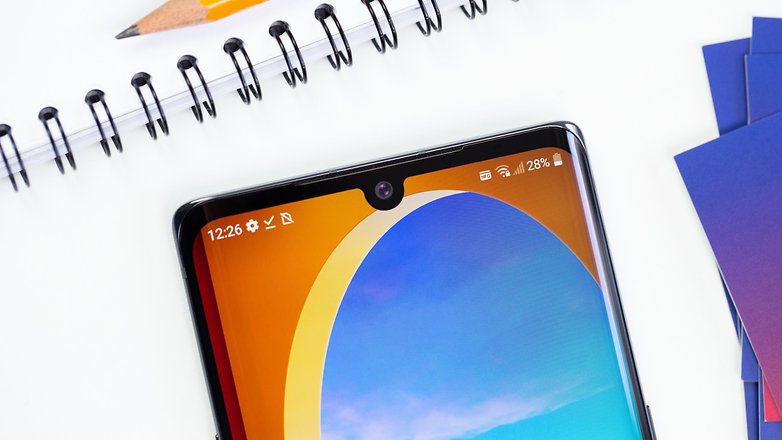
Other than that, this is a solid display that very few would have any complaints about. It's bright, crisp and there are plenty of options for customization in the settings. Along with the usual natural, vivid, and cinema modes, you have the opportunity to create a completely custom color profile for the display of the LG Velvet by tweaking RGB levels, hue, and sharpness.
The fingerprint sensor is hidden under the display in a move that is becoming more or less standard in a smartphone these days. It worked fine during my review process, but it's nothing to write home about.
The DualScreen remains strange
The LG Velvet is compatible with the improved LG DualScreen , which doubles the screen real estate with another 6.8-inch P-OLED display. The idea is that you get double the viewing, productivity, gaming, and multitasking. The DualScreen is now available in neutral colors and the shiny finish from the LG V60 version has been replaced with a white, matte finish. Both the LG Velvet and LG DualScreen support compatible active pen input, allowing for convenient notetaking and sketching. The DualScreen and active pen are sold separately.
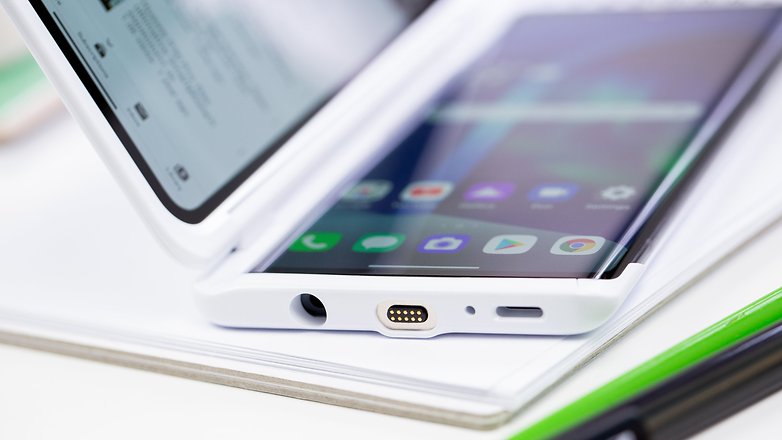
I won't dig too deep into the DualScreen here, as it is essentially the same experience we have written about extensively in our V60 ThinQ review and LG G8X review. You can go and read those if you're interested. One thing I will say here though is that the second-screen feels stranger than ever on the Velvet. For a smartphone that is all about the design, and looks this good, you'd be mad to ruin it by slapping a huge, plastic casing over it to have a second screen of questionable use. Still, LG is sticking to the DualScreen project, and good luck to them!
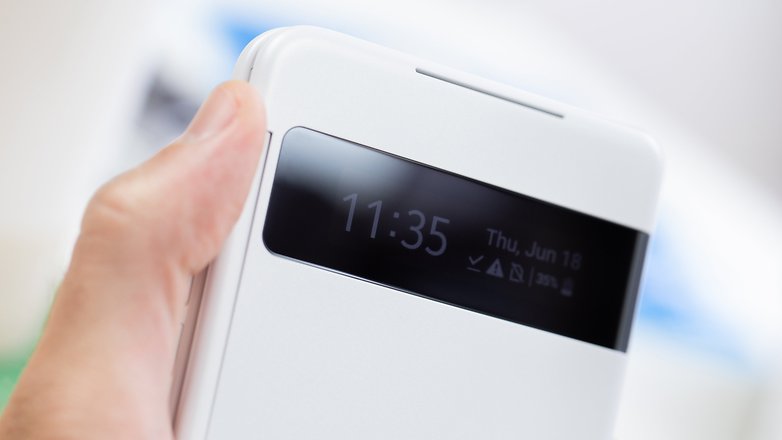
Android 10 and LG UX 10
The LG Velvet ships with Android 10 and LG UX 10. The software feels identical to what you get on the LG V60 ThinQ. LG UX is a pretty painless experience for those who are invested in Google's ecosystem, but you do get quite a lot of bloatware preinstalled such as Facebook and Instagram, and no fewer than nine games that support the DualScreen functionality. Once again I must stress that I tested the Korean version of the LG Velvet and the phone you get in your region may come with a different array of preinstalled apps. Whilst LG UI may not be the most attractive Android interface in the world, it has got everything you need and is pretty customizable.
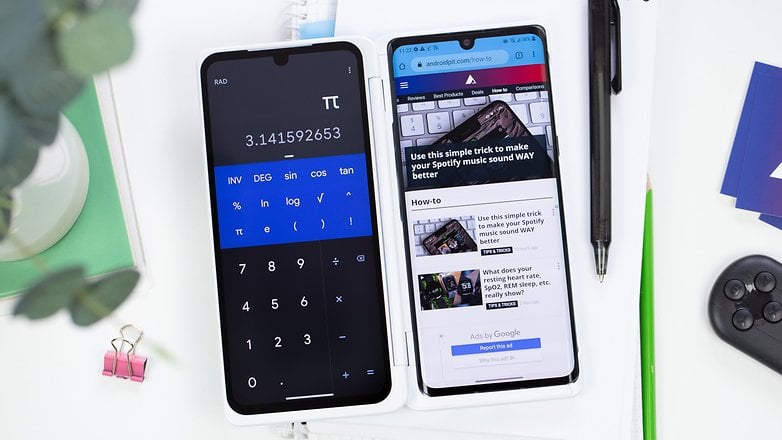
The Snapdragon 765G 5G gets the job done
The Velvet is the first LG smartphone to feature the Qualcomm Snapdragon 765G 5G Mobile Platform. Produced using a 7-nanometer process, the platform takes up less space by combining both the processor and the Snapdragon X52 5G Modem for a smaller footprint that allows the LG Velvet its distinctively slim and sleek profile. This doesn't support millimeter-wave 5G, by the way, but given how few regions currently have the network standard it's not a huge loss.
The phone also boasts AI Power Management, which makes automatic performance enhancements, including subtle adjustments to display brightness, to further extend battery life and user enjoyment. You get 6GB of RAM and 128GB of internal storage. You can expand the storage via microSD up to 2TB.
We've seen the Snapdragon 765G in phones such as the Samsung Galaxy A71, the Nokia 8.3, and the Motorola Moto Edge. We're not talking about the true powerhouses of the market here, but the SoC has proved more than capable of matching flagship phones from 12 to 18 months ago.
LG Velvet benchmark results comparison
| LG Velvet (765G) | Motorola Moto Edge (765G) | Samsung Galaxy Note 9 (845) | |
|---|---|---|---|
| 3D Mark Sling Shot Extreme ES 3.1 | 3001 | 3023 | 3351 |
| 3D Mark Sling Shot Vulkan | 2787 | 2800 | 2857 |
| 3D Mark Sling Shot ES 3.0 | 3984 | 4313 | 2884 |
| Geekbench 5 (Single / Multi) | 536 / 1852 | 587 / 1849 | 669 / 1953 |
| PassMark Memory | 20276 | 20770 | 10040 |
| PassMark Disk | 66528 | 66899 | 71197 |
When you look at the benchmark scores above, you can see that in terms of raw power, the 765G is similar to the Snapdragon 845 we saw in flagship smartphones such as the Samsung Galaxy Note 9 from the tail end of 2018. Software optimization plays a part here, but the LG Velvet has enough under the hood to be a solid daily driver for me and, I suspect, most potential customers.
* For the record, the LG Velvet I tested was the Korean version, unlocked, and comes with 8GB of RAM. The global version will ship with 6GB of RAM.
An acceptable mid-range camera
Whilst LG has made improvements to how the Velvet's camera looks from the outside, the performance on the inside is less impressive. The hardware on offer here is good, but the software and new features feel rushed and fall a little behind the competition. The full camera setup of the LG Velvet is as follows:
Rear camera:
- 48MP Standard (F1.8 / 0.8μm / 79°)
- 8MP Wide (F2.2 / 1.12μm / 120°)
- 5MP Depth (F2.4 / 1.12μm / 81°)
Front camera:
- 16MP Standard (F1.9 / 1.0μm / 73°)
There are some new features here that, on paper at least, look interesting. The LG Velvet boasts what the manufacturer is calling its unique "Voice Bokeh" feature. The microphones are supposed to separate the subject’s voice from background noise when recording videos, and can you can even manually adjust background noise levels to take even more control over how videos sound. This is different from what we saw Samsung do with its zoom audio on the Note 10, but the result was a bit hit and miss during my testing. With a bit of fine-tuning in the software, however, this could become a cool feature for wannabe vloggers.
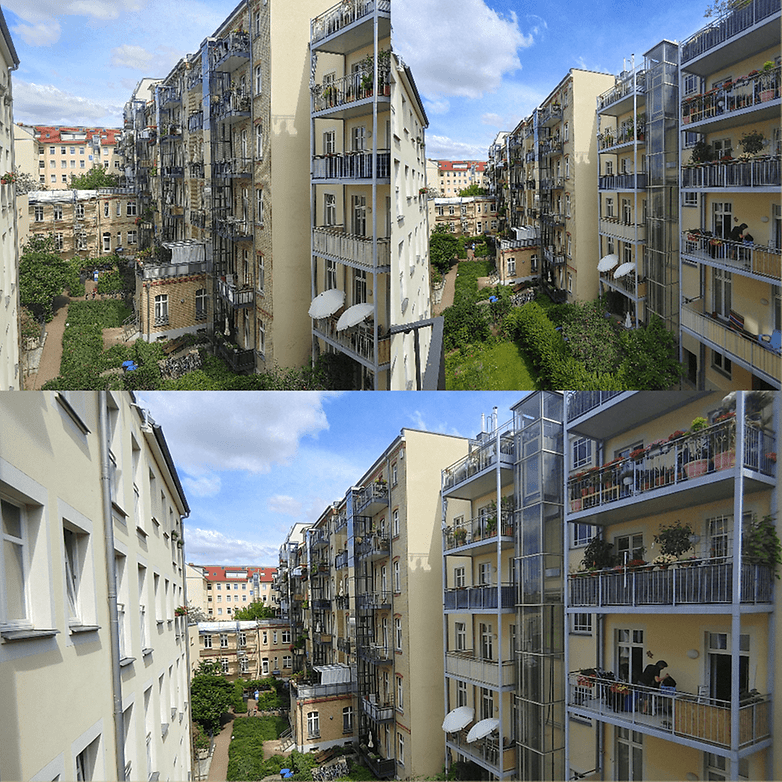
ASMR Recording can now be captured thanks to the two built-in high-sensitivity microphones. There's also a 4K timelapse feature and new timelapse controls that allow for the automatic or manual adjustment of recording speed while filming. With 3D AR Stickers, you can use the built-in 3D mesh technology to recognize contours of a face, creating three-dimensional "masks" that look more realistic than previous generation smartphone AR technology.
Pictures, in general, come out overly sharp on the LG Velvet. The 10x zoom is about as good as you'd expect given that even $1,300 flagship phones with periscope cameras don't handle zoom all that well. The bottom line here is the same old story for a mid-range smartphone. Good in good light, weak when there is not enough light getting into the relatively small sensor.

Plenty of battery life
The LG Velvet comes with a 4,300mAh battery - pretty impressive given how sleek the phone is. My Samsung Galaxy S20, which only has a 4,000mAh battery, is the same thickness as the LG Velvet at 7.9 mm. You also get fast-charging up to 25W and fast wireless charging up to 9W on the Velvet.
Battery life was fairly average during my testing, with the Velvet hitting five hours of screen time comfortably. The fact that you don't have a 90 or 120Hz display here to drain the battery is a plus. Using the DualScreen will deplete your battery more quickly, however, as the second display does not have its own power source. Seriously though, the Velvet design deserves better than being shoved into that thing - just don't do it.
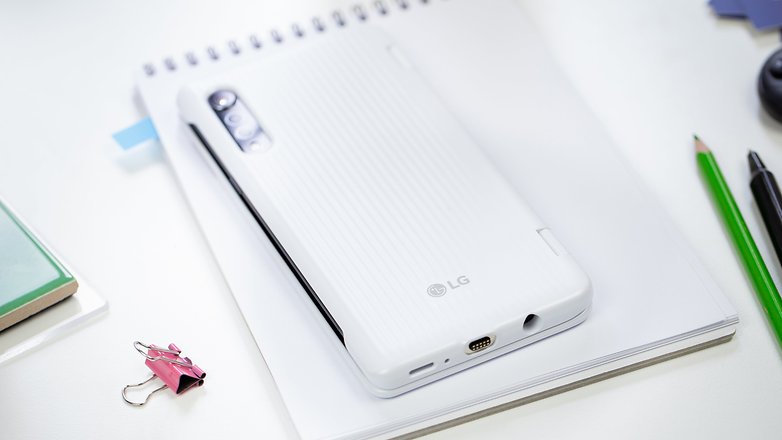
LG Velvet technical specifications
Final verdict
LG has gotten so much right with the Velvet. For the first time in years, the manufacturer has delivered a smartphone that looks genuinely modern and attractive. The 3D Arc Design is a big win for me. It makes the Velvet feel comfortable yet thin in your hand, kind of like how the OnePlus 8 feels.
On the other hand, there are reasons to be cautious before going for the LG Velvet as your next smartphone. The lack of Quad DAC for the 3.5mm headphone jack is a shame. There are also some minor performance issues and you'll get a better camera elsewhere.
If I had to buy an LG smartphone today from the current catalog, I'd take this one purely for the design. However, if the Velvet represents a shift in look and feel for the brand as a whole - and by that, I'm asking, will the hypothetical G9 ThinQ/V70ThinQ look like this - then it is perhaps worth waiting for next flagship smartphone before dropping your hard-earned cash.



















The one plusZ will be cheaper & better. Oxygen OS is so much more refined than LG OS. Plus a 90hz display for maybe half ? the cost of the Velvet. Simple choice really?
? OK, LG why in the world would take away your best selling feature? The 32bit DAC? Then turn around and ask 700.00 bucks for a mid-range 765processer? I'd rather spend another 100 bucks and get the V60 which is a better ? phone all the way around, yikes! Who is this ? phone for at 700.00 bucks?